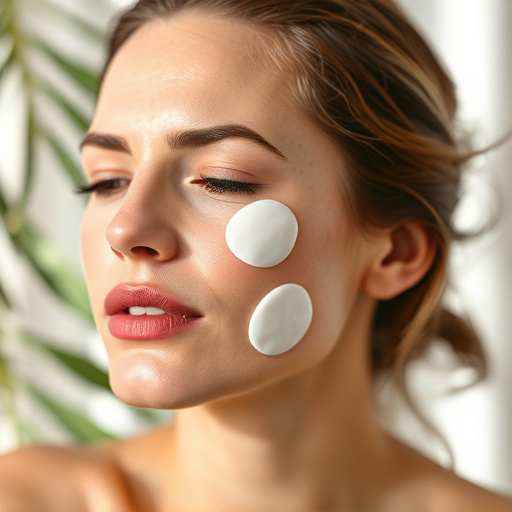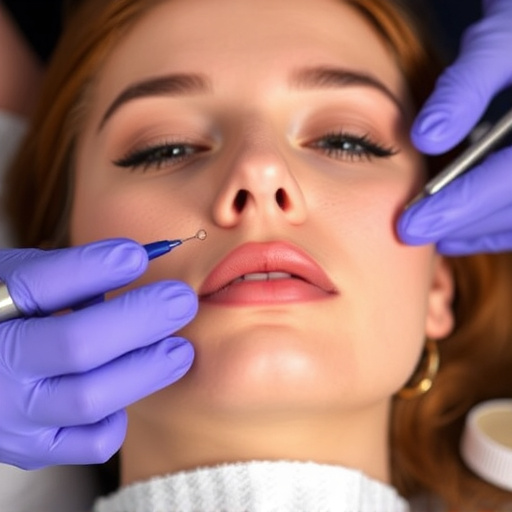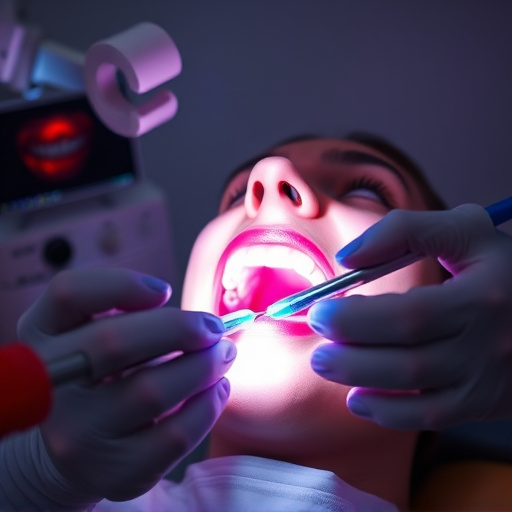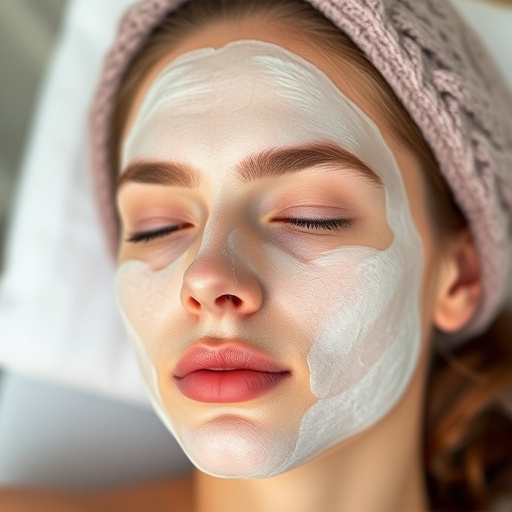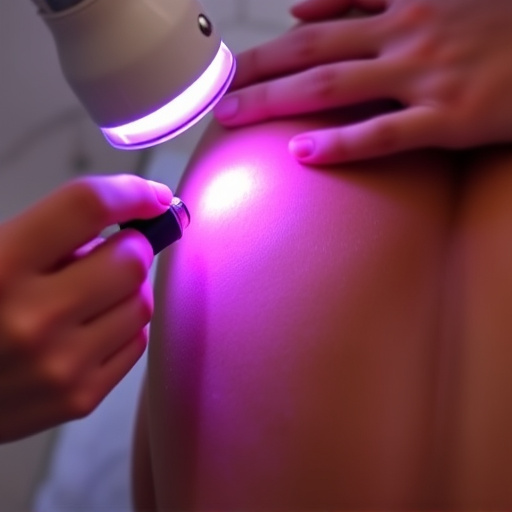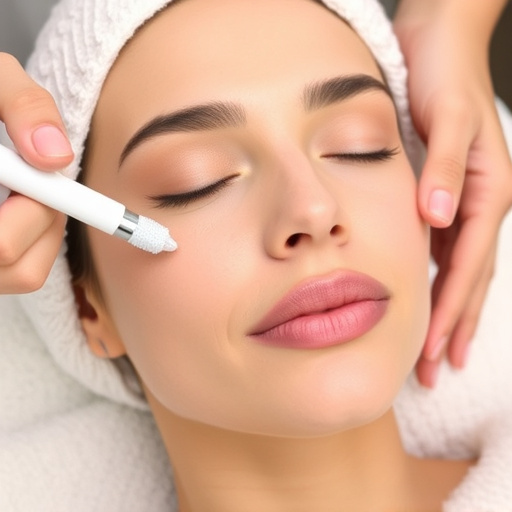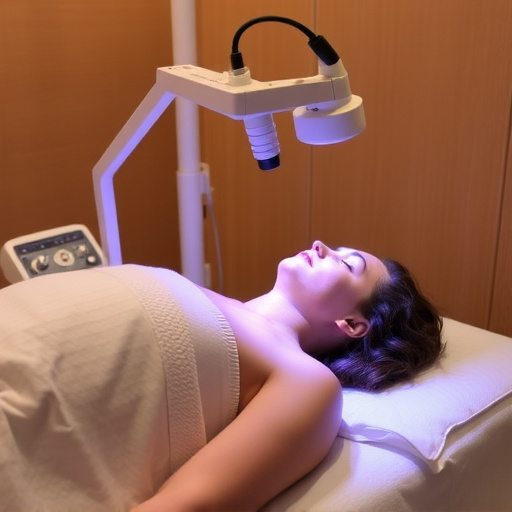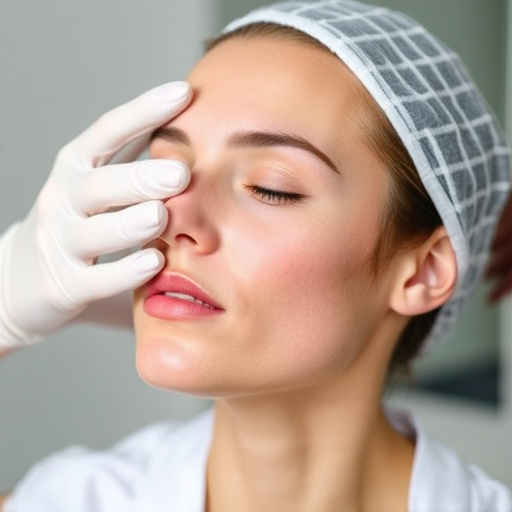Safe laser procedures require matching specific laser technologies with individual skin conditions and tones. Professional handling, including numbing creams, proper post-treatment care, and cautious settings, minimizes risks like irritation, burns, and permanent damage. Best practices include initial consultations, strict hygiene protocols, advanced technology, and staff training to ensure tailored, secure treatments for optimal outcomes while prioritizing skin health.
Safe laser procedures are transforming the beauty and medical industries, offering precise and effective treatments. However, understanding the safety measures is crucial to mitigate risks and achieve optimal results. This article delves into the fundamentals of laser procedures, highlighting the potential hazards of unsafe practices. We explore common risks, from skin irritation to long-term damage, emphasizing best practices for a safe and successful experience. By following these guidelines, individuals can navigate laser treatments with confidence, ensuring both safety and satisfactory outcomes.
- Understanding Laser Procedures: The Basics of Safety Measures
- Risks Associated with Unsafe Laser Treatments
- Best Practices for Ensuring Safe and Effective Laser Procedures
Understanding Laser Procedures: The Basics of Safety Measures
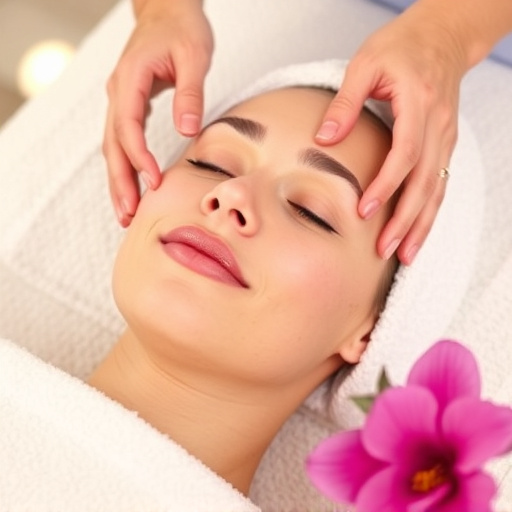
Laser procedures have gained popularity for their ability to offer precise and effective treatments for various skin concerns. However, understanding the basics of safety measures is paramount when considering any laser treatment. Before undergoing any procedure, it’s crucial to be informed about how lasers interact with the skin. Lasers emit light energy that is absorbed by specific targets in the dermis, leading to desired effects like skin tightening or fading unwanted pigmentation. Yet, this process also carries risks if not properly managed.
One of the key aspects of safe laser procedures is ensuring the right type of laser is chosen for your specific skin condition and tone. Different lasers have different wavelengths, each targeting particular concerns such as acne scars, wrinkles, or sun damage. Additionally, proper precautions like numbing creams and post-treatment care, including hydrating facials and microneedling therapy, can significantly reduce discomfort and potential side effects. For instance, skin brightening treatments should be approached with caution, as excessive exposure may lead to hyperpigmentation. By adhering to these safety measures, individuals can expect better outcomes and minimize risks associated with laser procedures.
Risks Associated with Unsafe Laser Treatments
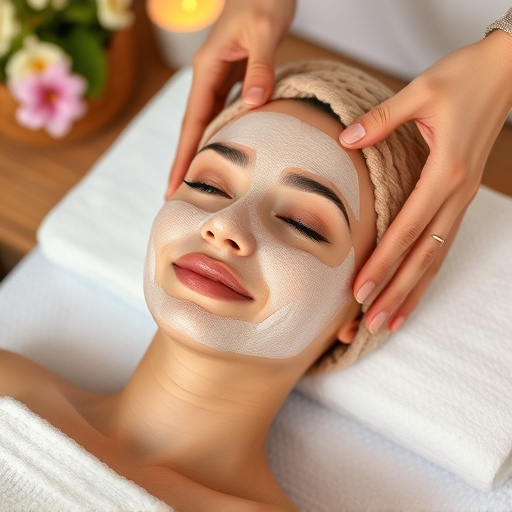
Unsafe laser procedures can lead to a range of complications and risks, including skin irritation, burns, and even permanent damage. When lasers are used incorrectly or on unsuitable skin types, the results can be unpredictable and undesirable. For instance, aggressive settings or improper targeting can cause thermal injury, resulting in redness, swelling, and peeling. Moreover, unsupervised treatments may fail to deliver the desired aesthetic outcomes, particularly for conditions like acne scars or fine lines, which require precise and delicate handling.
These risks are particularly relevant when considering popular procedures like anti-aging treatments and facial treatments. Acne treatments, too, demand careful consideration as laser therapy can exacerbate existing skin conditions if not properly managed. It’s crucial to opt for safe laser procedures performed by trained professionals who understand the nuances of different skin types and treatments, ensuring better results without compromising safety.
Best Practices for Ensuring Safe and Effective Laser Procedures
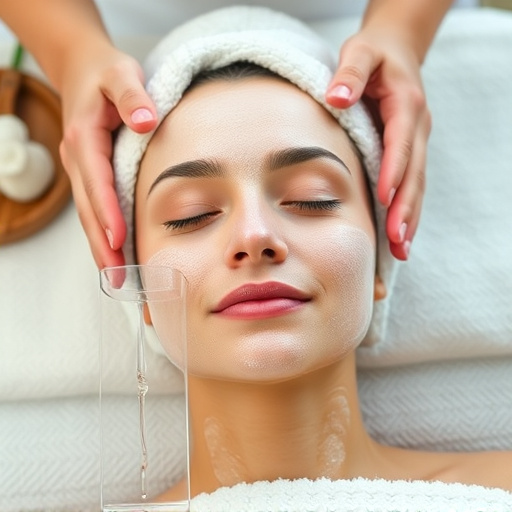
Adhering to best practices is paramount when it comes to safe laser procedures. Before any treatment, patients should undergo a comprehensive consultation with a qualified professional who can assess their skin type, medical history, and specific concerns. This initial step ensures that the chosen laser procedure aligns with the patient’s needs and minimizes potential risks. During the procedure, maintaining strict hygiene practices is essential. Sterilized equipment, clean environments, and proper protective gear for both patients and practitioners significantly reduce the chances of infections or adverse reactions.
Additionally, tailored treatments contribute to safer and more effective outcomes. Professional skincare experts can create customized facials and aesthetic treatments based on individual skin concerns, ensuring optimal results while mitigating risks. The use of advanced technology and regular staff training also play vital roles in enhancing safety. Staying updated with the latest advancements in laser technology and continuously educating oneself ensures practitioners employ the most precise and secure techniques, further promoting positive patient experiences and desirable cosmetic enhancements.
Safe laser procedures, by prioritizing robust safety measures and best practices, significantly mitigate risks and deliver superior results. Understanding the fundamentals of laser treatments and adhering to established protocols is paramount for both practitioners and patients. Embracing these standards ensures that the benefits of laser technology are maximized while potential dangers are effectively avoided, fostering a safer and more successful experience in the realm of laser procedures.
